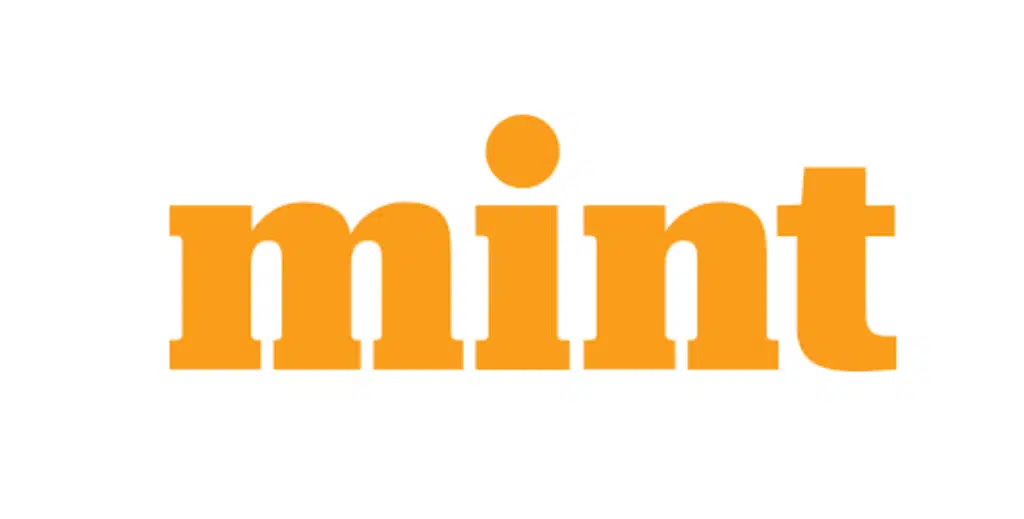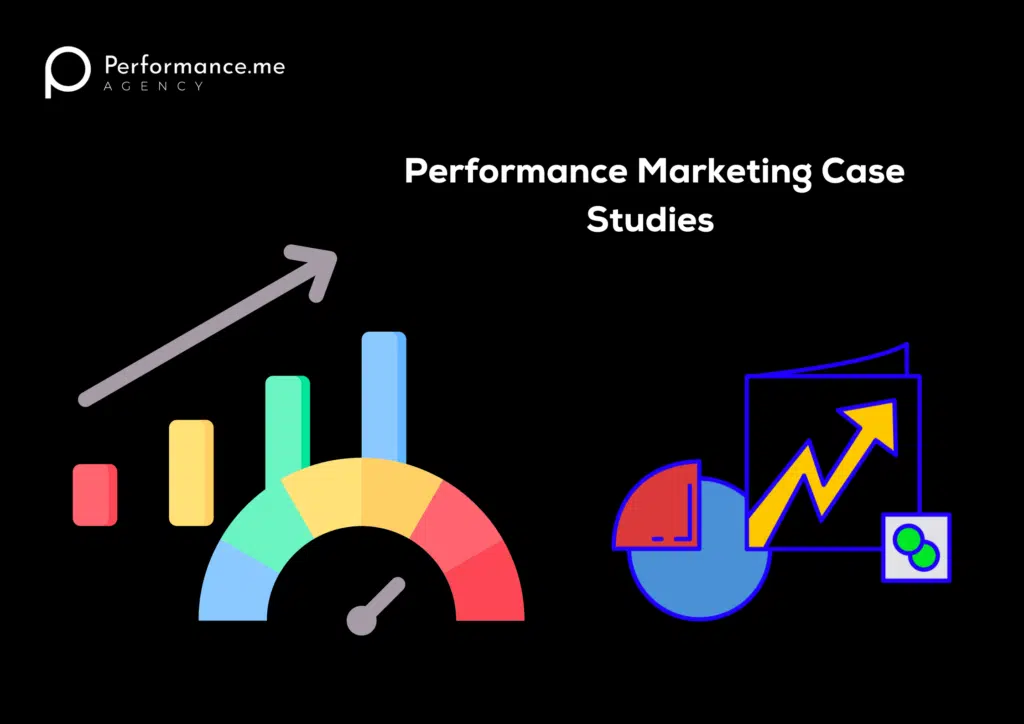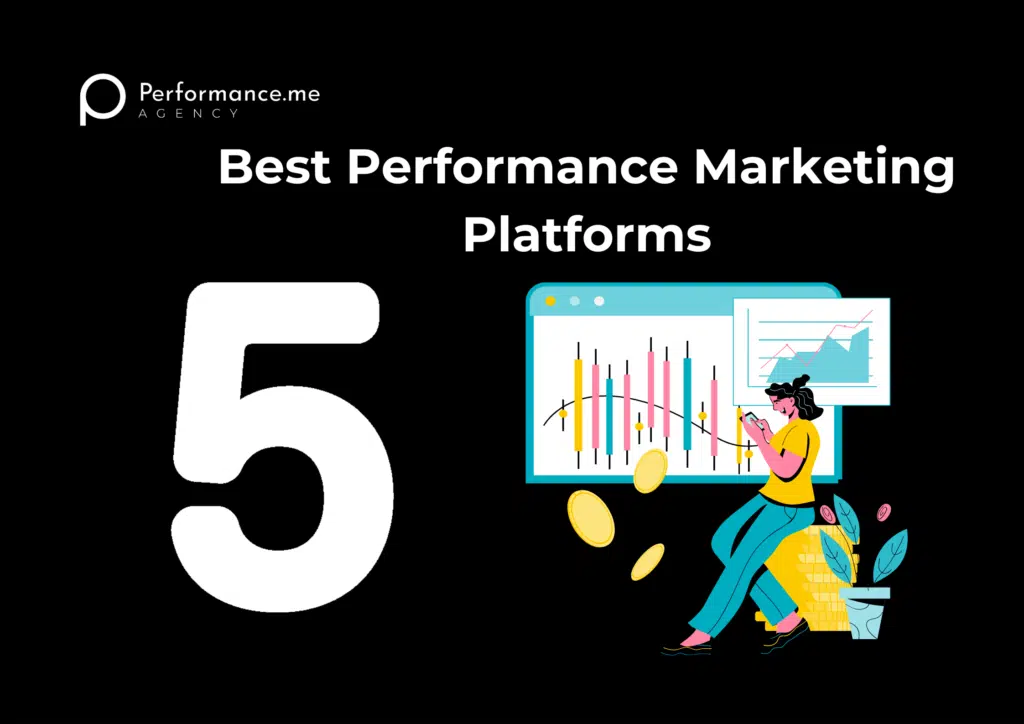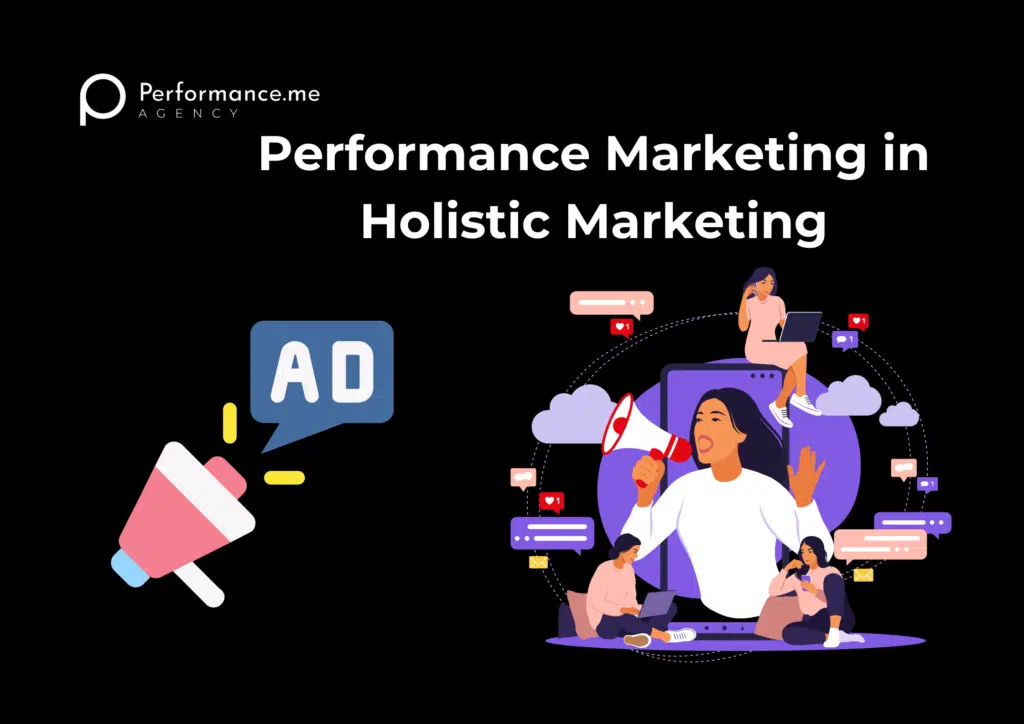Table of Content
- Volkswagen
- Waitrose
- House of Fraser
- Burger King
- Churchill Insurance
- Mint
- Frequently Asked Questions
- Conclusion
The service industry has become very competitive over the years. Staying ahead of the pack is important in this fast-paced market. You are also required to have current information and satisfy your customers. As a brand or company, you are probably wondering how to apply all this and more.
To stay competitive, brands apply different methodologies. Some lean toward performance marketing, others toward pricing strategies, and others offer promotions. We will focus on the art of performance marketing. Let’s take a look at some of the marketing case study examples of these outstanding companies.
Volkswagen

VW began by creating a targeting and segmentation decision tree. The aim was to provide the target audience with customized experiences. Another target was to strengthen the customization of all digital communications. This was part of a long-term digital strategy.
Volkswagen used targeting to send out more test drives via personalized messages and email marketing. This aided in analyzing the customer journey around the website. It also generated custom segments for potential customers and new customers.
VW then created display messaging for these categories to move the consumers through the purchase funnel. This messaging referred to the same model/offer that the user had before seen, urging them to move through with a test drive.
Volkswagen transformed the way it organized its display advertising and creativity. Before, it had focused on non-response-lead messages and graphics.
It transitioned from situational, site-specific buys to a dynamic RTB and programmatic strategy. It emphasized enhanced efficiency in purchasing, consumer targeting, and creative artistic delivery.
Related Reads
Waitrose
Waitrose.com initiated an attempt back in 2014. The aim? Improving the effectiveness of its advertising platforms. They sort of did this by better evaluating their impact on the business.
Waitrose.com collaborated with Infectious Media. Together, they defined and analyzed the actual worth of its display activities. Also, they created a new way of optimizing ads and maximized the channel’s impact.
The first stage was to determine ‘impact’ in the context of display. They assessed conversions that would not have occurred if the display advertisement had not been run. This would allow them to concentrate on growing the amount of these ‘incremental conversions,’. It resulted in a revenue boost without boosting budgets and minimizing waste.
Despite a flat budget allocation, this resulted in a significant increase in revenue throughout the three months. At the same time, wastage was minimized due to non-viewable and low-frequency advertisements.
House of Fraser
House of Fraser is a family-owned business in Scotland. After an analysis of its affiliate marketing efforts, they discovered that the channel was declining. House of Fraser began working with Rakuten Attributions. They found significant disparities between the value of particular publishers and commissions paid.
This was as per their ‘last click wins’ commission arrangement. It was also shown that valuable content sites were not collecting commissions on the purchases that they contributed to. Because new clients made several of these sales, they were treasured.
The House of Fraser decided to compute publication payments. They also assessed marketing success using an attribution method. As a result, commission payments are aligned with their value.
House of Fraser created an automatic daily feed to the affiliate program from Rakuten Attribution. It included transaction details for individual transactions. The network processes the feed in its servers and generates commission transactions.
These are later processed like their ordinary transactions. Commissions were now adjusted based on their participation. Each deal will also involve more publishers.
This strategy might see many publishers rewarded for a single transaction. Also, 83 percent more affiliates have earned commissions. This was more than under the traditional affiliate program.
Previously undervalued publishers are now being compensated more. Whereas overpriced publishers were being compensated less in some circumstances.
All publishers now have a better understanding of their precise role.
Suggested Read
Burger King
The continuous rivalry between Burger King and McDonald’s has grown over the years. It generated a tremor in the waters of digital advertising. But, Burger King has emerged victorious. They have become unrivaled. In the United States, their digital marketing strategy was a brilliant marketing approach.
The marketing stunt was executed in 2019. The team chose to position a Big Mac behind a Burger King Whooper. It revealed to consumers the sheer size of the product compared to their rivals.
The strategy was an ‘unprecedented’ tactic. Not many service providers have the guts to use a competitor’s products in their ads. However, the strategy paid off as they revealed that their products were superior in size. Consumers could appreciate the value they derived in choosing the Whopper Burger over the Big Mac.
The Whopper Burger became a widespread success. Even though the marketing project wasn’t a complete success, it created a precedent for other corporations.
Churchill Insurance

Churchill Insurance is a company that specializes in providing insurance. The insurance industry is a competitive marketplace. Any finance trader’s job is to achieve efficient sales growth in such a setting. The Direct Line Group developed an innovative approach to this difficulty with its Churchill brand in 2014.
The marketing campaign management channel’s primary goal has always been to increase progress. The marketing mix had to be perfect to achieve its goals. So the team worked with Trade doubler. The plan revolved around four simple areas: place, product, price, and marketing.
MoneySavingsExpert (MSE) was chosen as the only publisher to host this offer. It has a 9.2 million opted-in email database and 11 million visits. This provided the campaign with the necessary scale while avoiding the use of conventional affiliates.
- Product — For the purposes of this advertisement, Churchill Home Insurance was the focus of attention. Moneysavingexpert.com’s sales of this commodity had always been low, with less than 30 sales per month. The audience fit between MSE and the Churchill client segment solved this. It was evident that this combination could yield further sales volumes.
- Price – The Churchill client is a brand aficionado. They’ll choose the best value product, which isn’t usually determined by cost. Deciding that pricing would not be the trigger for this advertising was critical. By understanding the client, the messaging could be fine-tuned to suit the target population.
- Promotion – Finding an offer that would create a synergy with the home insurance market was a significant campaign component. To this end, Marketing Lounge Partnership (MLP) devised a proposal for a free high-quality coffee machine.
The campaign generated 800 quotations and 300 new client sales. This exceeded the goals set by the company by over 50%. MoneySavingExpert delivered consistent activity throughout the project.
Mint

Mint was nothing more than an account aggregation service when it first started in 2006. Nonetheless, with over 20 million users, Mint has become a household name. Mint is a personal finance tracker that makes it easier for clients to meet their financial goals.
It tracks their budget and locates deals on credit cards, loans, mortgages, and auto loans. Intuit acquired it for $170 million in 2009.
Mint had a tough road ahead of it. It needed to persuade users that consolidating their banking data into a single service was safe. When the aggregation service first launched in 2006, many customers were advised not to do so.
Mint recognized that most of its customers would be millennials looking to get a handle on their finances. The MintLife blog was created to attract younger people who have financial concerns.
Mint became responsive as a result of social media. Mint’s team held events and gave away free products and discounts. It connected with the demographic that was most interested in their service.
Mint had to sell the idea of a financial tracker to its audience. The company demonstrated that the audience required the tool it was offering. It achieved so by using a series of explainer films and articles to illustrate the website’s worth.
Mint persuaded visitors to sign up for a free account because it was a free website. After that, the value was presented along with the product.
Then, they rapidly grew their perceived authority with their potential audience. It created ties with well-known brands via social media such as credit card firms.
Also, Mint’s social media was not self-promotional. Instead, it concentrated on providing information about money-saving advice, financial news, and other topics to its millennial audience.
Also Read
Frequently Asked Questions
What is performance marketing & how does it work?
Performance marketing is an advertising strategy that allows you to design and display your ads on different marketing channels. It works when you connect with an agency or publisher to place your brand advertisements. This can take place on search engines, videos, social platforms, and other partner websites.
What is the difference between performance marketing and digital marketing?
Digital marketing is the type of marketing that simply uses online channels to advertise and market products. On the other hand, performance marketing comes under digital marketing. It uses a payment model in which you only pay based on the results. A common example is when someone clicks your ad or leaves their email address, etc.
What are the performance marketing channels?
Performance marketing comes with opportunities on many marketing channels. A brand can market on social media, display ads, video ads, CTV ads, and search engines. This allows you to advertise your brand to different types of audiences on different channels.
How to start with performance marketing?
To start with performance marketing, you first need to understand and define your business goals precisely. You also need to specify the spatial time limits, budget, and target audience. Once complete, you can choose the relevant channels and pick the right space to display ads.
What are the major benefits of performance marketing?
Performance marketing is full of benefits, if used correctly and with patience. It is a budget-friendly advertising technique suitable for businesses of all sizes with different goals. You can easily track the performance of campaigns with the data available. Also, there is transparency in the bidding process and the number of clicks or impressions. This makes it easier for you to pay based on the results.
Conclusion
You can compare the marketing strategies that your brand implements to some of the world’s leading brands. You might be limited in terms of budget, size of the company, and other spatial factors. Evaluate your tactics and create a customized solution to your marketing needs.




+ for the post